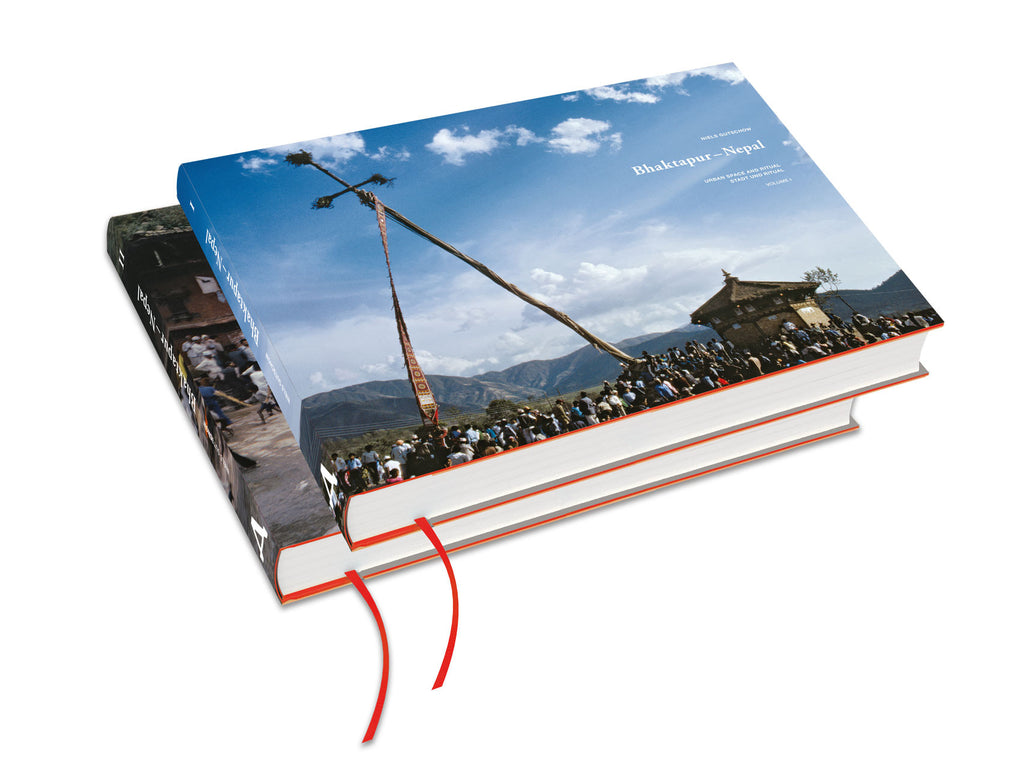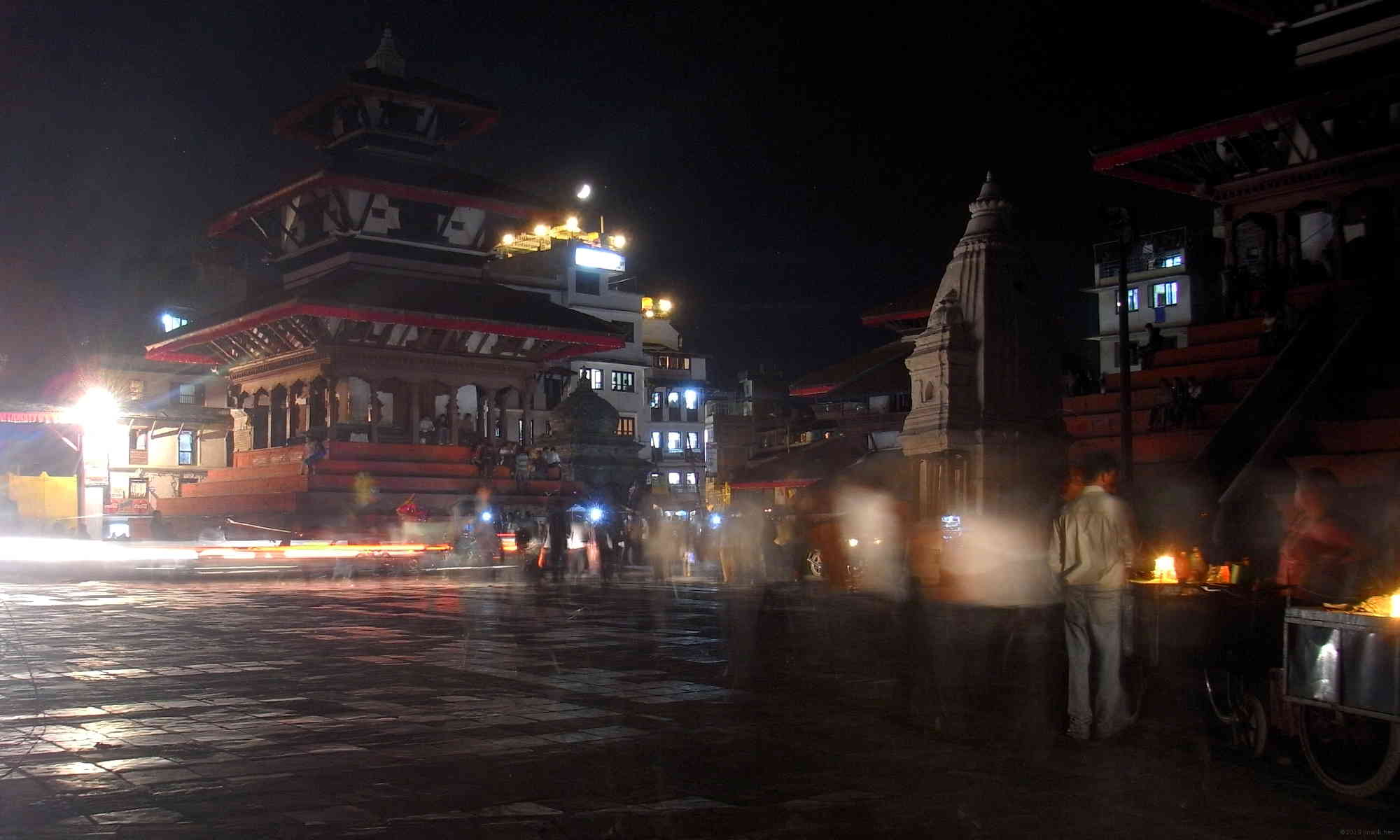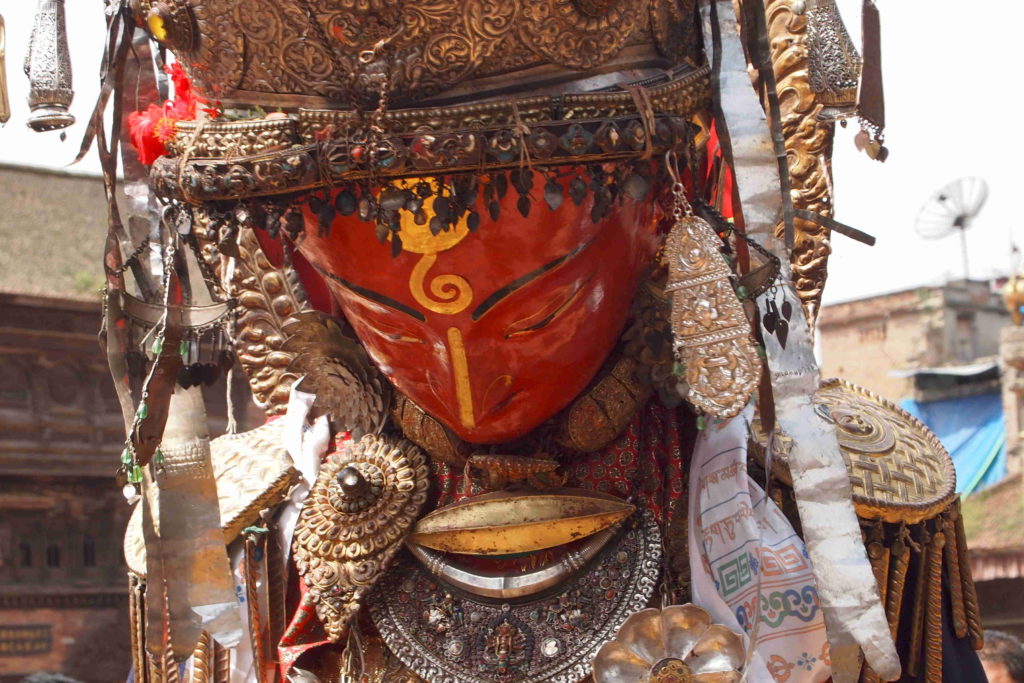Niels Gutschow. 2016. Bhaktapur–Nepal: Stadt und Ritual – Urban Space and Ritual. Berlin: DOM publishers. 331 × 255 mm. 2 vols. 540 pp. ISBN 978-3-86922-522-7 [English & German text; unseen]
Official site: http://dom-publishers.com/products/bhaktapur-nepal

From the Abstract: Among the many festivals of the year, ten occasions are selected. Of these, the celebration of the New Year – Bisketjātrā – in April, the Farewell to the Dead – Gāījātrā – in August and the Victory of the goddess Durgā – Dasāīn – in October are of significant meaning for the well-being of the community. Moreover, the ritual of the Navadurgā Deities leaves an imprint on the spatial and temporal integrity of the urban realm over a period of nine months. Continue reading “Gutschow (2016), Bhaktapur–Nepal”
 Simon Cubelic, Axel Michaels, Astrid Zotter (eds). 2018. Studies in Historical Documents from Nepal and India. Documenta Nepalica – Book Series 1. Heidelberg: Heidelberg University Publishing. ISBN 978-3-946054-70-2 (PDF), 978-3-946054-71-9. 535 pp. (Hardcover) DOI:10.17885/heiup.331.454 [PDF 🔓]
Simon Cubelic, Axel Michaels, Astrid Zotter (eds). 2018. Studies in Historical Documents from Nepal and India. Documenta Nepalica – Book Series 1. Heidelberg: Heidelberg University Publishing. ISBN 978-3-946054-70-2 (PDF), 978-3-946054-71-9. 535 pp. (Hardcover) DOI:10.17885/heiup.331.454 [PDF 🔓]


